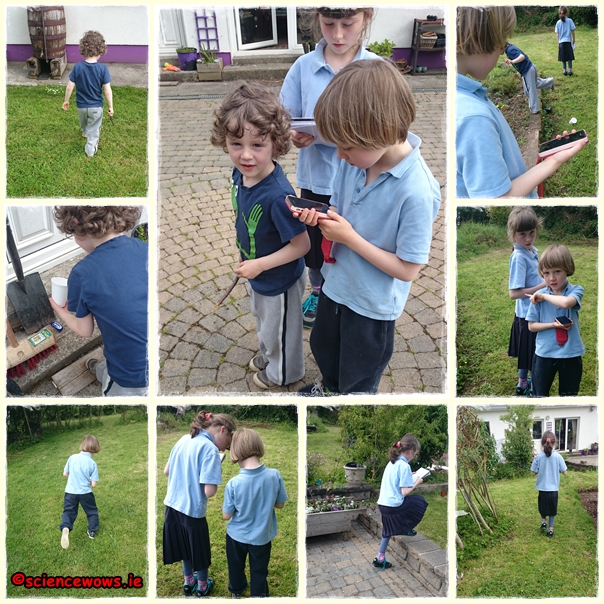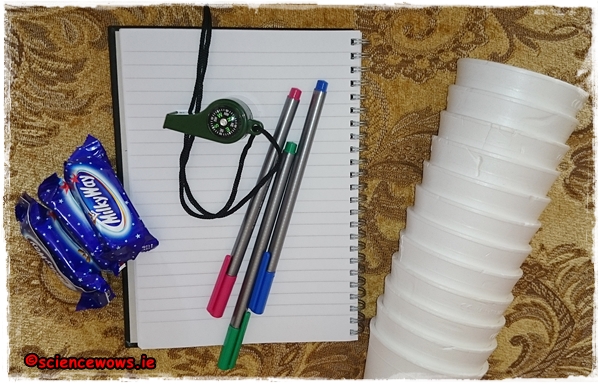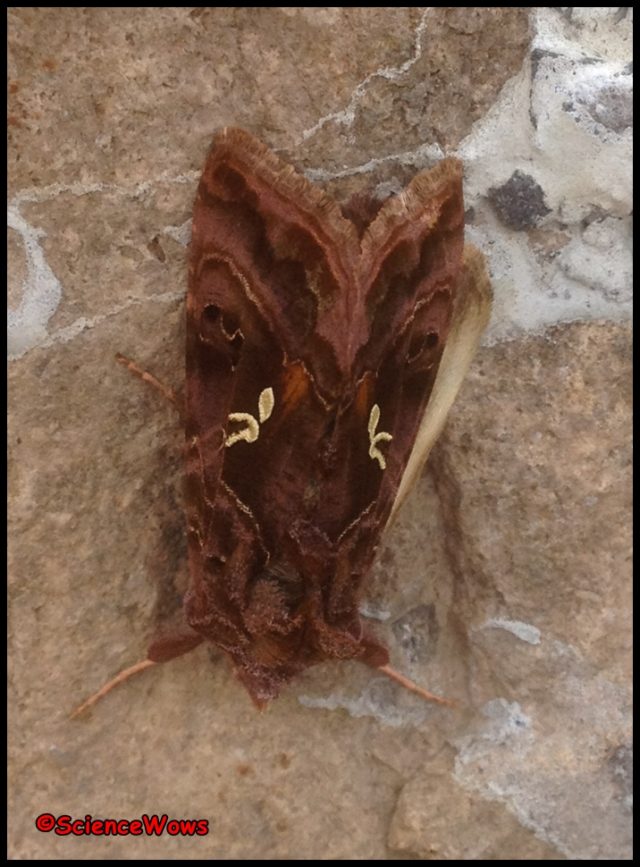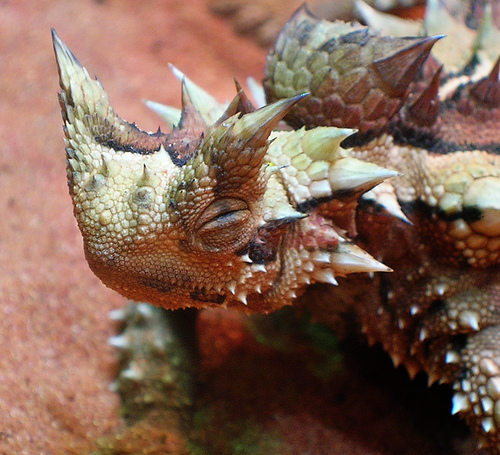There has been great excitement in our house this week!
We had been keeping a close eye on our broody hen and the clutch of eggs she had under her. Usually when a hen goes broody we let them off to do what they do naturally. A broody hen will build up a clutch of up to a dozen eggs or more before sitting on them for about 21 days until they hatch. This hen had nine eggs under her and we were expecting things to start happening last Tuesday.
Did you know… the term to feather ones nest comes from a broody hen plucking it’s own chest feathers to allow skin to egg contact which is necessary for the correct temperature incubation of the eggs?
We kept checking on her over the weekend and on Monday my husband spotted the first chick had arrived, but was dead when we saw it. We were quite concerned and upset about it but felt it was too late to move mama and eggs indoors for observation.
Tuesday morning and my husband reported another chick, alive this time and sticking it’s head out from under mama’s wing. An hour later and unfortunately things were not good, this chick was dead and another with it. I had read that sometimes a hen will kill the chicks once they hatch and although I didn’t know of anyone who had ever experienced it, it was a possibility here and time to take action.

We don’t own an incubator but managed to borrow a UV light from a friend. We moved all remaining (six) eggs from under mama hen and placed them indoors in a box under the warmth of the light.
Suddenly our home turned into a chick maternity ward… we could hear chirping from three of the eggs and knew that these ones at least were ready to hatch. As we are such a nerdy household we happened to have a little digital monitor that can tell temperature and humidity… we put it to good use in the new hatchery… and I spent the day moving the UV light up and down to control the temperature and spraying a fine mist of water over the eggs to maintain the humidity.
When using an incubator the temperature must be kept between 36 to 39oC and the humidity between 50 to 60%.
The hatching process seemed never ending…. one chick broke a little hole through the egg and then did very little else for the day. Another managed to chip away until he had made a break around the entire top of the shell and then he stopped too.
Eventually, with all the family watching, this chick made its debut. It was very exciting for all of us to watch.

The activity seemed to rally the second chick because within an hour it had arrived too… about half the size of it’s sibling but still perfect in every way. At 4.30 am the third chick made its appearance. I know this because I got up frequently during the night to check that they were all okay!! At this stage hubby had left for a business trip and I was solo on maternity duty!
I felt if they could make it through the night they had a good chance.
Next morning the children were delighted to see that there was now three little chick alive and well and oh so cute!

So let me introduce you to the three youngest member of our “family”….
First to hatch was this little one…

Next came this tiny little one, small but perfect….

And finally, this little blondie….
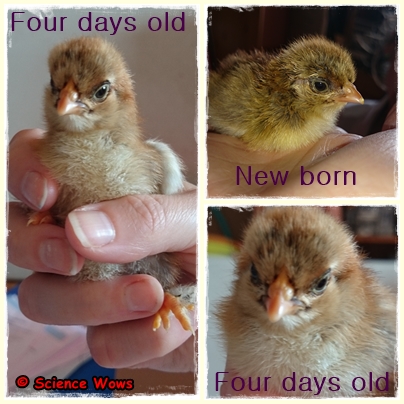
The chicks are now four days old and growing by the minute! Their real feathers are already starting to appear… growing up fast! As you can see from some of the photos they have feathery feet. This is a feature of the pekin hen. They father is a Pekin, their mother a cross between a Pekin and a Hamberg (both are bantam breed).
Our only problem now is that we still have not decided names for each of them, so we were hoping you could help? We would love some suggestions so if you have any ideas please let us know in the comments below. The children will pick their favourite names in a few days and we will let you know which ones we picked!
